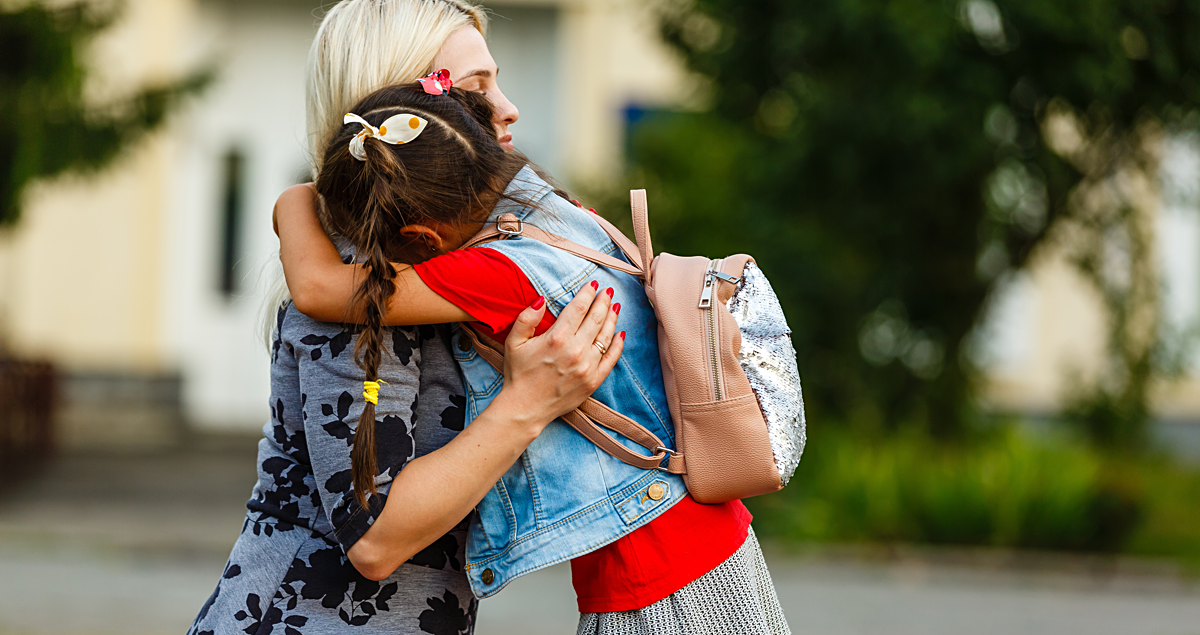
The end of a school year is always a bittersweet one for teachers as our students set their sights on their next destination and we cherish the poignant lessons along the way. During a recent reflection, one of my students dropped a beautiful drawing of a tree into my hands. The names of every student were on the branches and the words equality, love, and “growing together” were placed near the trunk.
As an educator, I know how important it is to look at growth through the lens of test scores and data-driven academic goals. But I also know, in the wake of yet another school tragedy, that my students need me to focus on their growth in a different way.
As a Pittsburgh native, the first time I watched Mr. Rogers’ Documentary, "Won’t You Be My Neighbor," was right before the Tree of Life Synagogue shooting in Pittsburgh; I found myself viewing it again in the wake of the recent Robb Elementary shooting in Uvalde, Texas.
Mr. Rogers understood the importance of social-emotional learning through play, creativity, and imagination within the classroom. He also understood how to balance the heaviness of the world with the joy and journey of childhood and the importance of discussing feelings and grappling with difficult emotions.
My students came into my classroom this school year with huge feelings. I vividly remember how during a lesson on arrays and multiplication equations, I placed my third graders in partner pairs to work on discovering real-life arrays within the classroom. We set out egg cartons and Oreo cookie packages they brought from home. I was excited about this hands-on, cooperative lesson.
Within two minutes, a student came up to me with a furrowed brow and angrily exclaimed, “I am not working with him anymore!” A second student loudly yelled at another student, “That isn’t how you do it. We have to do it my way.” Both students burst into tears.
Finally, a third pointed at another boy in the classroom and explained through tears, “He says he doesn’t want to do the problems. He is tired, and he won’t help me and now I don’t have anyone.” This student took his paper and ripped it in half. His partner was hiding under his desk and eventually fell asleep.
I stopped the lesson and brought the students back to their desks, and we took time to listen to our feelings. I modeled my feelings for them; I told them that I was irritated, perplexed, embarrassed, and sorrowful all at the same time. I had my students brainstorm why I might be feeling this way.
“The lesson had to stop.”
“People were crying and yelling at each other.”
“We weren’t being kind.”
“There was so much anger.”
I then had students share their feelings, and we brainstormed strategies. We discussed the importance of working with our neighbors and not just beside them.
We talked about the importance of multiple ideas in mathematics, and about listening to our neighbor and their feelings. We also discussed that anger is a natural feeling, but we have to know what to do with it.
We discussed the importance of apologies. We discussed how to love.
This small conversation was the first of hundreds held within my classroom this year. It was also a wake-up call to me that social-emotional learning and trauma-informed teaching must be embedded in everything we do.
As I look at the 19 beautiful faces of the students whose lives were taken—a similar age to the students I work with every day—and as I gaze at the tree my student made for me, I realize how important our job is as educators as we rebuild a world in which we listen to children and validate their emotions.
Childhood lays the foundation of who we will become, and it is not an easy journey. We must recognize that our students, even the youngest ones, need extra support, guidance, and therapy as they continue to reckon with who they are in today’s world. As Fred Rogers used to say, “The outside world of children’s lives has changed but their insides haven’t.”
Brianna Amoscato teaches third grade at Hartwood Elementary School in Pittsburgh. She is a 2021-2022 Teach Plus Pennsylvania Policy Fellow.
The fight for educational equity has never been just about schools. The real North Star for this work is providing opportunities for each child to thrive into adulthood. This means that our advocacy...
Your donation will support the work we do at brightbeam to shine a light on the voices who challenge decision makers to provide the learning opportunities all children need to thrive.
Ed Post is the flagship website platform of brightbeam, a 501(c3) network of education activists and influencers demanding a better education and a brighter future for every child.
© 2020–2024 brightbeam. All rights reserved.